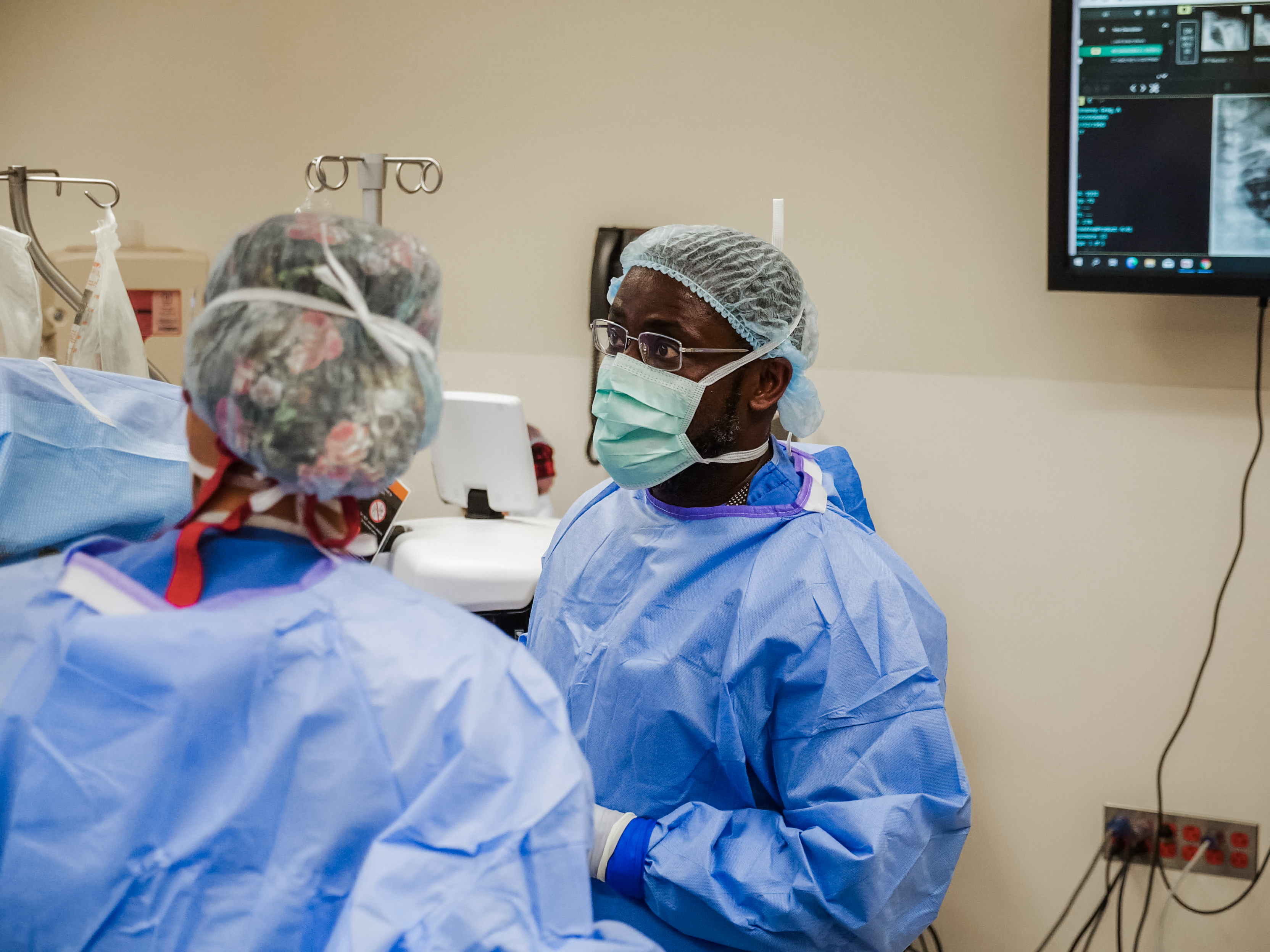
Published on August 25, 2022
As you age, the cartilage in your joints that cushion the end of your bones can “wear down,” which leads to your bones rubbing together. This condition is known as osteoarthritis and can occur in your knees, among other joints.
Some people with osteoarthritis may be eligible for a partial knee replacement surgery instead of a total knee replacement.
Sylvester Youlo, MD, who specializes in orthopedics and sports medicine at Phelps Health, answers five frequently asked questions about partial knee replacements.
What is the difference between total and partial knee replacements?
A total knee replacement, as the name indicates, replaces the entire knee with an artificial knee. The entire end of the femur (thigh bone) and tibia (shin bone) that make up the knee are replaced with metal and plastic.
With total knee replacements, the innermost ligaments of the knee – anterior cruciate ligament (ACL) and posterior cruciate ligament (PCL) – are removed.
During a partial knee replacement, only a small part of the knee that has arthritis is replaced. The knee ligaments are not removed, and the knee feels more like a normal knee.
Similar implants and material are used for both total and partial knee replacements.
How do I know if a partial knee replacement is right for me?
About 5% to 20% of patients with knee arthritis may qualify for a partial knee replacement. In order to be a good candidate for a partial knee replacement surgery, you must meet certain criteria. Your orthopedic surgeon will go over these criteria in detail with you.
How long do partial knee replacements last?
Newer studies show that both total and partial knee replacements last around the same amount of time – generally 10 to 15 years. At that time, about 15% to 20% of total and partial knee replacements may fail.
What are benefits and risks of a partial knee replacement?
Many advantages exist to having a partial knee replacement over a total knee replacement.
With partial knee replacements, the knee feels more normal, and the recovery time is faster. Patients with partial knee replacements also usually have a lower risk of complications and a shorter stay in the hospital compared to total knee replacements.
While some evidence suggests that partial knee replacements have a relatively higher risk of failure compared to a total knee replacement, this difference is small.
What does recovery for a partial knee replacement look like?
After a total or partial knee replacement surgery, you can go home either the same day or next day, depending on individual factors. However, the overall recovery rate is generally faster and easier with a partial knee replacement compared to a total knee replacement.
Steps should be taken to prevent falls during recovery. After a partial knee replacement, you will likely need a walker for about 2 weeks, followed by a cane for about 6 weeks.
After 3 months, the majority of patients can walk without any assistive devices. Overall recovery for a partial knee replacement can last from 6 months to a year.
Is a Partial Knee Replacement Right for You?
Talk to a Phelps Health orthopedic surgeon to see if you are a good candidate for a partial knee replacement. Call Phelps Health Orthopedics at (573) 364-5633 (KNEE).